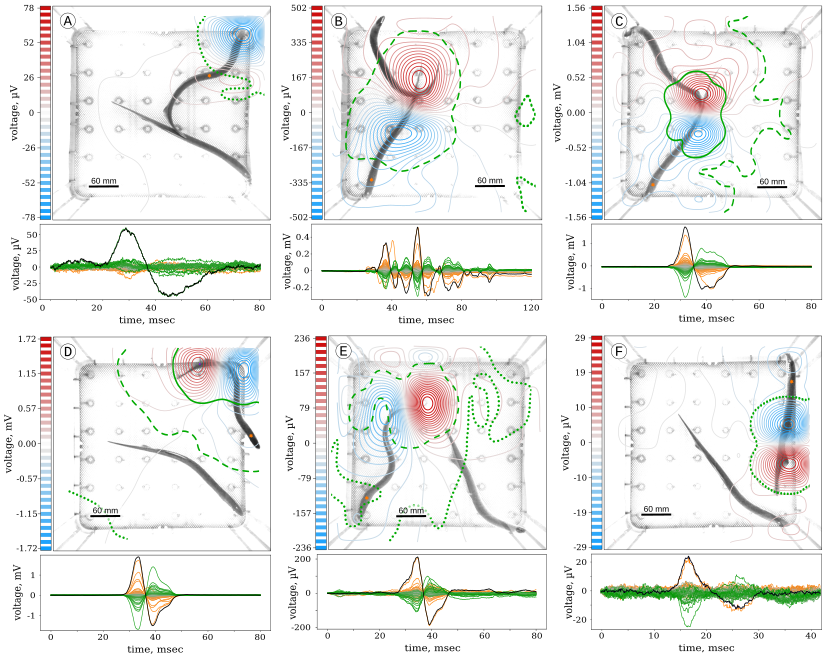
All animal organisms generate electric currents that accompany both muscle contraction and the functioning of the nervous system. Lampreys have a developed electric sense, thanks to which they are able to sense electric currents in water and, as previously assumed, can use this information to detect potential victims. At the same time, it was known that the number of electroreceptors in lampreys is unusually large for electrically inactive animals, which suggests the existence of a developed system of active electrolocation. The ability to navigate in space using an electric sense is characteristic of many bony fish, but has not been described previously for jawless fish (lampreys and hagfish), which are the ancestors of other modern vertebrates.
Previous studies aimed at detecting specific electrical activity in lampreys (Lampetra fluviatilis) were unsuccessful. The reason for the failure was the use of insufficiently flexible recording equipment, which required immobilization of the experimental animal. Successful registration of the electrical activity of lampreys became possible thanks to the development of the "Electric Eye" installation, designed to record electric currents generated by free-swimming animals, by the A. N. Severtsov Institute of Ecology and Evolution of the Russian Academy of Sciences (IEE RAS). The "Electric Eye" made it possible to record thousands of individual electric signals and analyze their connection with lamprey behavior.
"We managed to find out that the river lamprey generates electrical signals at the moment of physical contact with other lampreys or other inanimate elements of the environment. The signals generated by a disturbed lamprey differed from the signals generated by actively swimming individuals, which allowed us to draw conclusions about the duality of the functions of electrical signals," said Dmitry Zlenko, PhD in Biology, senior researcher at the IEE RAS.
On the one hand, lampreys are able to send signals to their relatives, indicating their presence. On the other hand, electrical signals are used to probe the surrounding space, since by perceiving distortions in the distribution of electrical currents in space, the lamprey is able to determine the properties of the material it has touched. In other words, the detected signals serve to electrically "illuminate" the surrounding space, which primarily allows lampreys to expand their tactile sense.
The article is published in the Journal of Experimental Biology: Electric activity of the adult European river lamprey, Dmitry V. Zlenko, Aleksandr O. Zvezdin, Alina M. Tyshchenko, Aleksandr V. Kucheryavyy, Dmitry S. Pavlov, Vladimir M. Olshanskiy.
Video clips demonstrating the electrical activity of lampreys are available for viewing on the IEE RAS website.
Related materials:
RAS: "Specific electrical activity of river lamprey discovered"
